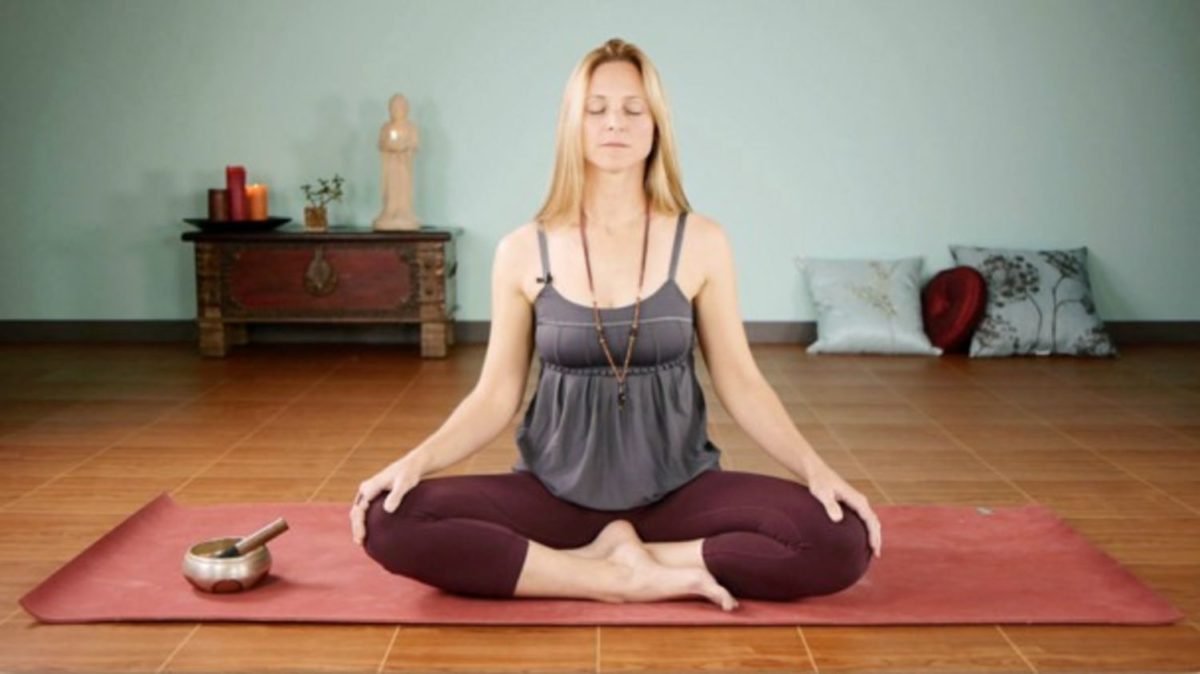By Lara Heimann, Creator of @lytyogamethod
Meditation is a great form of teaching our nervous system to come out of sympathetic state.
Over the millions of years that we have been humans, stress has existed. Stress served our ancestors by creating survival instincts, otherwise known as fight or flight responses. When our body experiences stress, the physiological reaction serves to prepare us to respond to imminent danger -our heart rate and blood pressure increases, our muscles tense, and our digestion and elimination slow down or stop because those functions are not an immediate priority during a heightened moment of survival.

Once the threat subsided, our nervous system recalibrated, and they could go about their daily lives and not live in that stressful state. While we have the same responses as our ancestors, we are living in a modern-day world, filled with stressors.
Learn The Right Way to Control Your Stream of Thoughts.
Stress is probably the largest complaint of which people report. Unlike our ancestors, we don’t face the same survival dangers (most of the time), but we continue to have the stress responses that are triggered by daily life. Our brain doesn’t know how to filter out what is genuinely stress-inducting and might struggle to find a more relaxed state; but the good news is that the brain is highly persuadable.
We can employee relaxation techniques to help train our brain to settle and have our relaxation responses kick in. Meditation is a great form of teaching our nervous system to come out of sympathetic state ( fight or flight) and find the parasympathetic state (rest and digest) that is associated with calm and relaxation.
While there are many forms of meditation, the goal is the same: quiet the mind and calm the body and the nervous system.
Many practitioners meditate in a seated position with eyes closed to feel both grounded and introspective. In this position, one can think about the breath, the thoughts, a particular mantra or saying, or a visualization.
Meditation can also happen in daily life while you aren’t sitting, such as when you are cooking, chopping vegetables, taking a walk in the woods, or moving in a physical practice.
All of these forms help to channel the thoughts, clarify the mind, and recalibrate the nervous system. People sometimes are afraid to meditate because they think they will be “bad “at it, assuming that their mind is too busy to settle and allow meditation to occur. But everyone with stress will benefit from meditation in some form and the goal is not to have “no thoughts”, but to better control the stream of thoughts.
Try This Simple Meditation:
- Sit or stand and feel your connection to ground.
- Close your eyes and open the mouth and exhale. Gently breathe in and out and notice the rise and fall of the breath. As you breathe then think “now” as you breathe in, and “calm” as your exhale.